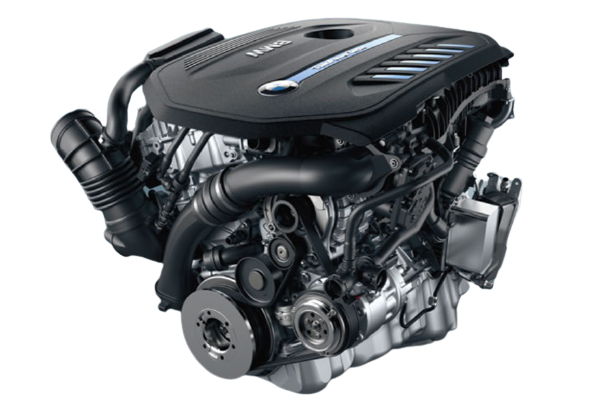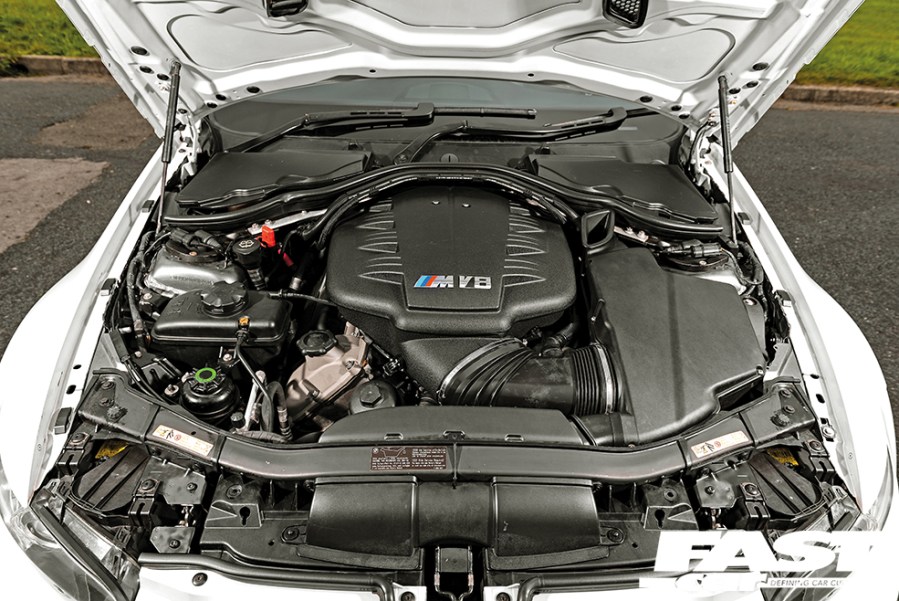Discovering the Advancement of Burning Engines in Modern Transport Equipments
As we browse the landscape of modern-day transportation, the evolution of burning engines stands as a testament to human resourcefulness and design prowess. The interaction of history, technology, and environmental concerns in forming the trajectory of combustion engines develops a narrative that is both insightful and engaging.
Early Beginnings of Combustion Engines
Exactly how did the idea of burning engines very first arise in the beginning of transport development? The origins of combustion engines can be traced back to the 17th century when the principles of inner combustion were initial checked out. In 1673, Christian Huygens conceived a fundamental inner combustion engine that made use of gunpowder to generate power. It had not been up until the late 19th century that sensible applications of combustion engines in transportation started to emerge.
The development minute came with the creation of the initial successful gasoline-powered engine by Karl Benz in 1885 - bmw engine. This engine paved the method for the advancement of the modern-day automobile, changing transport systems worldwide. Succeeding developments by Nikolaus Otto and Gottlieb Daimler additionally improved burning engine technology, bring about the automation of automobiles and the rapid growth of the transport market
These early combustion engines were characterized by their simplicity and effectiveness, laying the structure for the complicated and powerful engines used in modern transportation systems. The evolution of burning engines has actually contributed fit the method we take a trip and move items, noting a considerable turning point in the history of transport growth.
Shift to Internal Combustion Modern Technology
The transition to inner burning modern technology noted an essential shift in the evolution of transport systems. This shift began in the late 19th century, with developers like Nikolaus Otto and Gottlieb Daimler creating the first successful internal burning engines. These engines revolutionized transport by using a much more efficient and effective alternative to vapor engines and electric motors.
One of the crucial advantages of inner combustion engines was their ability to be reduced to fit into vehicles, bring about the growth of cars and motorcycles. This change from bulky, fixed engines to compact, mobile ones led the means for the modern transport systems we see today.
The shift to interior combustion technology also spurred improvements in fuel technology, resulting in the development of gasoline and diesel as main fuel sources for cars. This change not only made transportation extra available to the masses yet additionally laid the foundation for the oil and gas market to become indispensable to international economic situations.
Impact of Combustion Engines on Transportation
The fostering of burning engines in transportation systems catalyzed an extensive change in the effectiveness and rate of worldwide flexibility. Burning engines changed transport by supplying a functional and trusted source of power for various cars, including autos, ships, aircrafts, and trucks. This technology substantially improved the capacity for items and individuals to move over fars away in shorter timespan, resulting in increased connectivity in between regions and nations.
Moreover, the prevalent usage of combustion engines has had a significant effect on economic growth. The ability to deliver products effectively has actually spurred trade and commerce, allowing services to broaden their markets and get to consumers worldwide. This has helped with economic growth and globalization, as items can now be delivered much faster and in bigger amounts than ever.
Nonetheless, the environmental effect of combustion engines can not be overlooked. The combustion of fossil gas has actually brought about air pollution and greenhouse gas discharges, contributing to environment modification and posing wellness dangers to populaces. bmw engine. As an outcome, there is an expanding emphasis on developing alternative propulsion innovations to reduce these unfavorable impacts and develop a much more sustainable future for transportation
Advancements in Combustion Engine Style
Various advancements in burning engine style have actually thrust the development of transportation systems over the years. One significant innovation is the advancement of turbocharged engines, which utilize exhaust gases to drive a wind turbine that compresses incoming air, enabling for even more gas to be burnt, causing boosted power result without a significant boost in engine size. Furthermore, direct injection modern technology has actually enhanced fuel performance and efficiency by precisely controlling the quantity and timing of fuel injected into the combustion chamber. Variable shutoff timing systems have important site likewise reinvented engine layout by enhancing airflow at various engine speeds, improving both power and performance. Another significant development is the assimilation of lightweight products such as carbon fiber and light weight aluminum alloys, reducing general engine weight and enhancing vehicle gas economic situation. In addition, innovations in computer-aided style have actually enabled designers to enhance engine performance and performance through simulations before physical models are built, conserving time and sources in the growth procedure. These technologies collectively add to the continuous renovation of combustion engines in modern transportation systems.
Future Fads in Burning Engine Growth
With technology improvements driving continuous advancement, the future of burning engine development is positioned to revolutionize transportation systems around the world. One of the essential patterns in burning engine development is the push in the direction of greater effectiveness and Extra resources minimized emissions.
One more famous trend is the adoption of crossbreed modern technologies in combustion engines. Hybrid engines integrate typical combustion technology with electric power, using boosted fuel efficiency and reduced exhausts. As the vehicle industry shifts towards electrification, crossbreed burning engines are viewed as a transitional remedy that bridges the gap between traditional vehicles and totally electric ones.
Additionally, the combination of wise modern technologies, such as expert system and information analytics, is anticipated to play a considerable duty in the future of burning engine growth. These modern technologies can maximize engine efficiency in real-time, bring about more efficient combustion procedures and boosted total vehicle performance. Embracing these future fads will certainly not just drive technology in burning engine advancement however likewise contribute to a more eco pleasant and sustainable transportation ecosystem.

Verdict
In verdict, the advancement of combustion engines in modern transport systems has actually been marked by significant innovations in innovation and style. From the very early beginnings of burning engines to the shift to internal burning innovation, these engines have had an extensive effect on transportation.
The origins of combustion engines can be mapped back to the 17th century when the concepts of interior burning were very first checked out. These engines reinvented transport by offering a much more reliable and effective option to steam engines and electrical motors.
